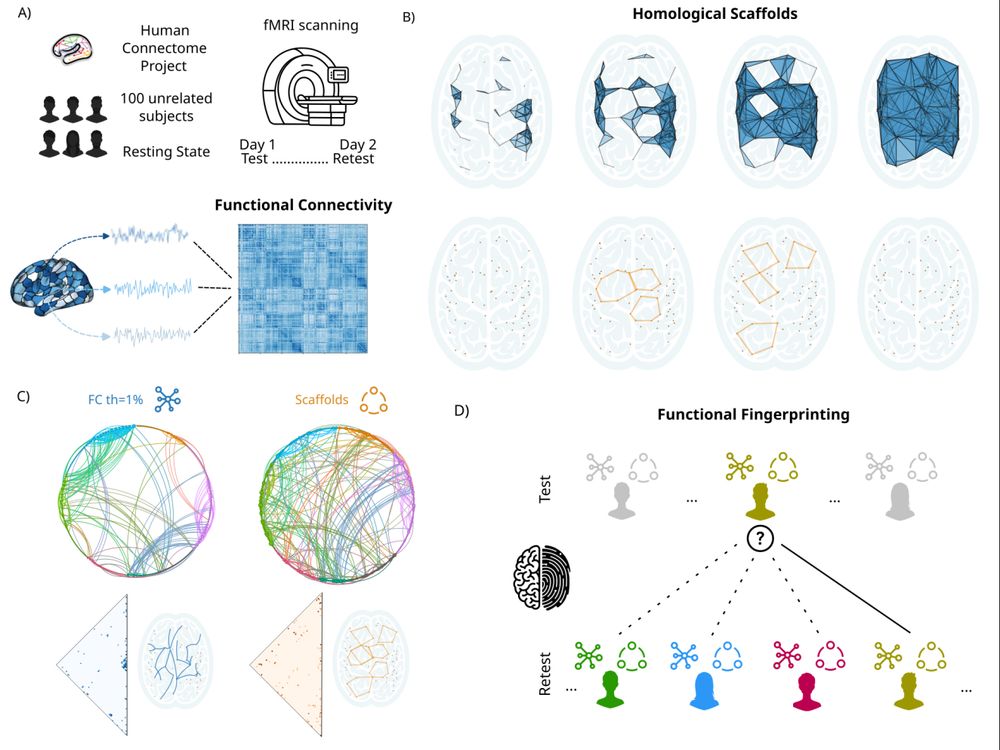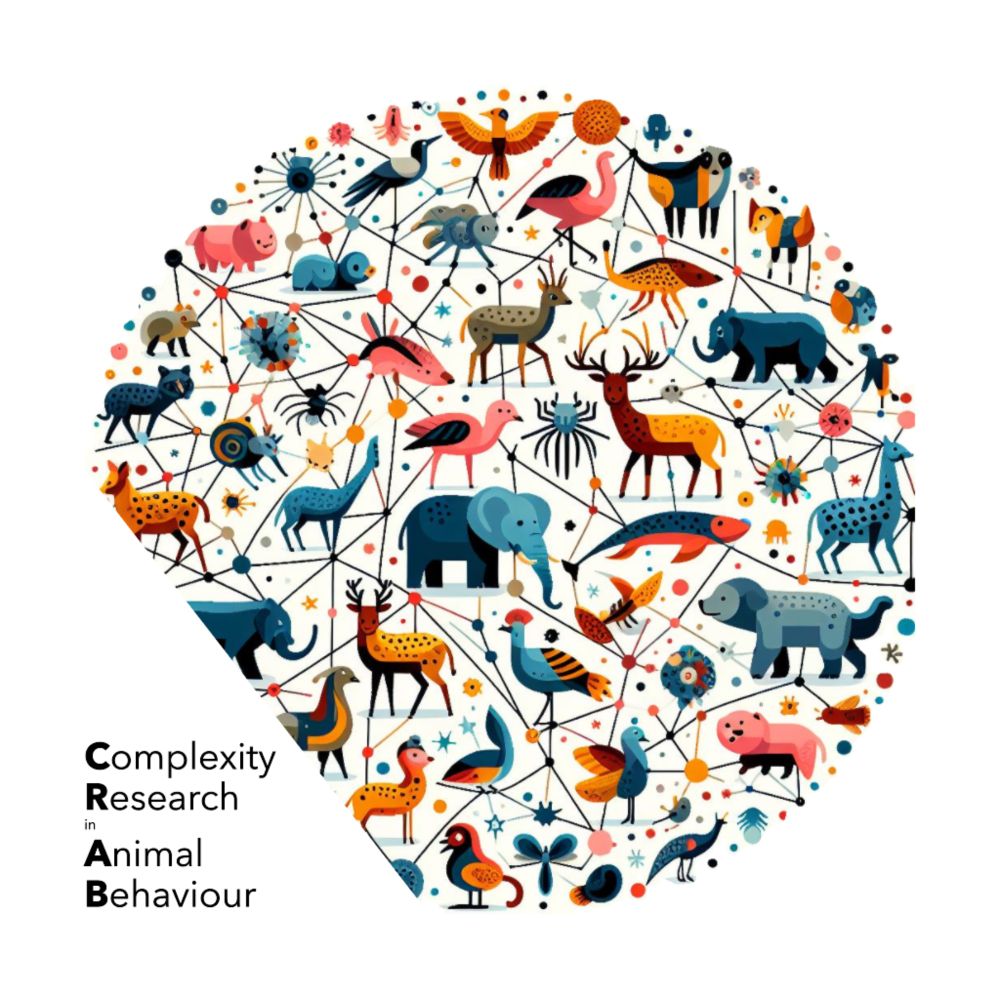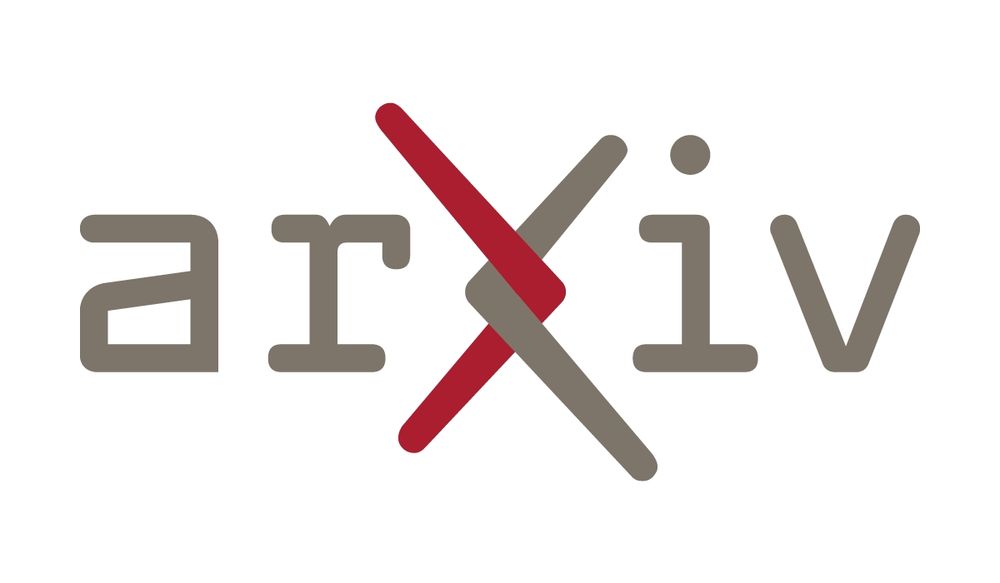Simone Poetto
@poetz.bsky.social
64 followers
150 following
11 posts
Physicist of complex systems 🧠Brain 🍩Topology 🐳Animal Communication| PhD student @UMK_Torun @nplab.bsky.social
@CentaiInstitute
@projectceti.bsky.social
Posts
Media
Videos
Starter Packs
Pinned
Reposted by Simone Poetto
Reposted by Simone Poetto
NPlab
@nplab.bsky.social
· Sep 1
Reposted by Simone Poetto
Reposted by Simone Poetto
Simone Poetto
@poetz.bsky.social
· Jun 30
Simone Poetto
@poetz.bsky.social
· Jun 30

The Topological Architecture of Brain Identity
Accurately identifying individuals from brain activity—functional fingerprinting—is a powerful tool for understanding individual variability and detecting brain disorders. Most current approaches rely...
biorxiv.org
Simone Poetto
@poetz.bsky.social
· Jun 30
Simone Poetto
@poetz.bsky.social
· Jun 30















